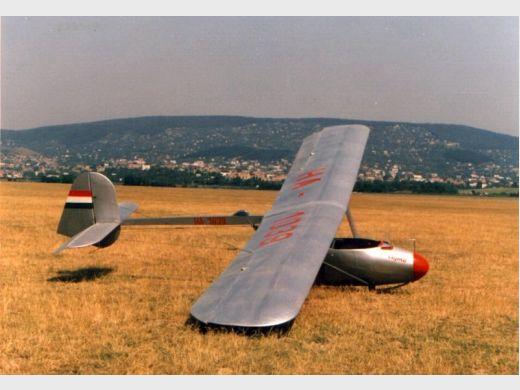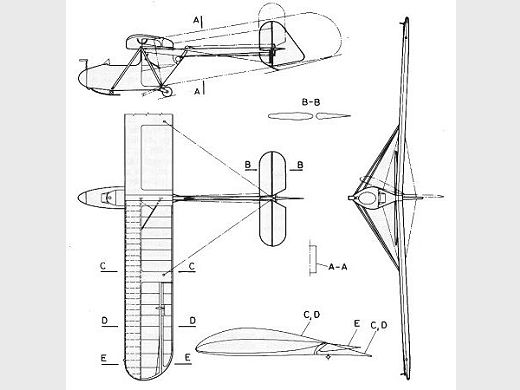| Histoire résumée | The first sketches of a dual-control training glider with side-by-side seat arrangement (Koma) and a single-seater training glider (Lepke), the latter having the same handling characteristics as the two-seater, had been drawn up by Ernõ Rubik as early as 1940. His idea was to develop a new training scheme based on gliders having the same handling characteristics and at the same time their construction would be easy and cheap due to similar parts and assemblies. However in the 1940s the financial interests of the Aero Ever Ltd., where his designs had been built, demanded to design and build the R-11b Cimbora two-seater school glider in serial production for the Hungarian Aero Association.
After the war, in 1948, an aircraft-design competition had been announced by the Hungarian National Aviation Association (OMRE), where the Koma design won in the two-seater and the Lepke design won in the single-seater category. The R-16 Lepke prototype first flew at the summer of 1949. After minor modifications the production commenced. The production version got the designation R-16b. During 1952-53 65 Lepke gliders were built. Student pilots got their basic dual training with R-15b Koma, than they flew their first solo as well as their advanced training flights up to gaining their C badges with R-16b Lepke. The last Lepke was withdrawn from service in the middle of the 1960s. |



